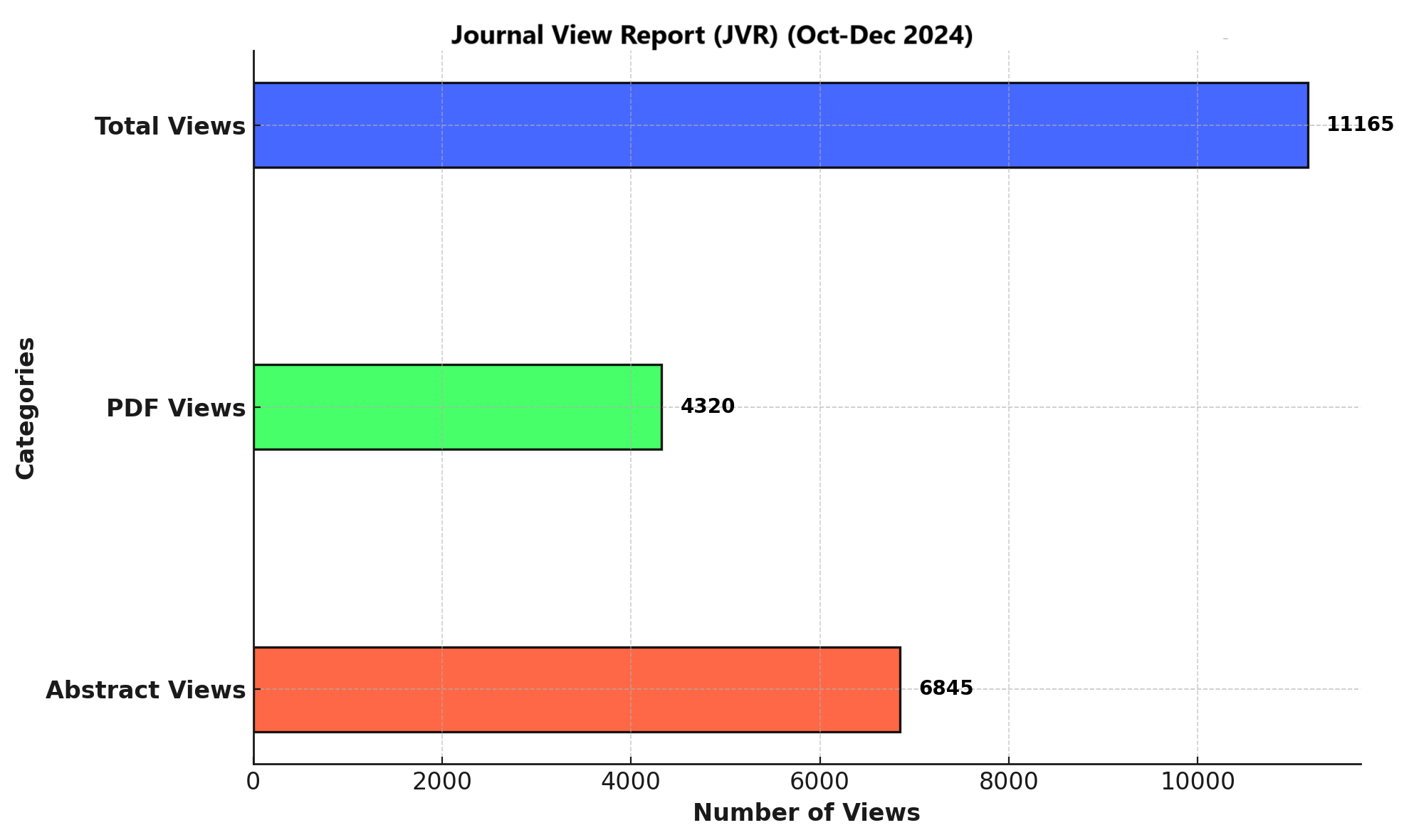COMPARATIVE EFFECTS OF BACKWARD WALKING TRAINING AND STANDING BALANCE TRAINING ON WALKING SPEED AND BALANCE IN PATIENTS WITH SUB-ACUTE STROKE
DOI:
https://doi.org/10.71000/ijhr174Keywords:
Balance training, Berg Balance Scale, Gait speed, Neuroplasticity, Rehabilitation, Stroke, Walking therapyAbstract
Background: Stroke is a neurological disorder characterized by motor impairments and functional limitations, requiring timely rehabilitation to restore mobility and balance. In the sub-acute phase, effective interventions are crucial for optimizing recovery and reducing fall risks. Backward walking training (BWT) has emerged as a promising technique to enhance gait and balance by leveraging neuroplasticity. This study compares the effects of BWT and standing balance training (SBT) on walking speed and balance in individuals undergoing sub-acute stroke rehabilitation.
Objective: To evaluate and compare the effectiveness of backward walking training and standing balance training on improving walking speed and balance in patients during the sub-acute phase of stroke rehabilitation.
Methods: This randomized controlled trial was conducted on 60 sub-acute stroke patients aged 18–50 years, using non-probability convenience sampling. Participants were randomly assigned into two groups: Group A received BWT combined with task-oriented and standard rehabilitation, while Group B received SBT alongside similar therapies. Outcomes were measured at baseline, after the 2nd week, and at the 4th week using the 6-Minute Walk Test (6-MWT), 3-Meter Backward Walk Test (3-MBWT), and Berg Balance Scale (BBS). Statistical analyses included repeated measures ANOVA for intragroup comparisons and independent sample t-tests for intergroup differences, with significance set at p < 0.05.
Results: Group A showed significant improvements, with 6-MWT scores increasing from 0.24 ± 0.03 m/s at baseline to 0.31 ± 0.06 m/s at the 4th week, compared to Group B’s increase from 0.22 ± 0.04 m/s to 0.25 ± 0.06 m/s (p = 0.00). For 3-MBWT, Group A improved from 0.15 ± 0.01 m/s to 0.21 ± 0.03 m/s, while Group B advanced from 0.15 ± 0.02 m/s to 0.18 ± 0.03 m/s (p = 0.00). BBS scores for Group A increased from 28.43 ± 4.34 to 42.03 ± 4.22, outperforming Group B, which improved from 27.32 ± 4.00 to 30.84 ± 3.77 (p = 0.00).
Conclusion: Backward walking training significantly outperformed standing balance training in improving both forward and backward walking speed, balance, and gait in sub-acute stroke patients, highlighting its potential as a key rehabilitation strategy.
Downloads
Published
Issue
Section
License
Copyright (c) 2024 Muhammad Umer Shabbir, Adiba Javed , Zain Ali , Rafia Ather , Mehneel Saqib, Zermeen Zerish (Author)

This work is licensed under a Creative Commons Attribution-NonCommercial-NoDerivatives 4.0 International License.







